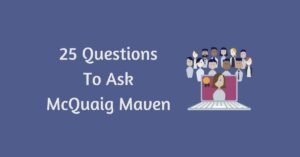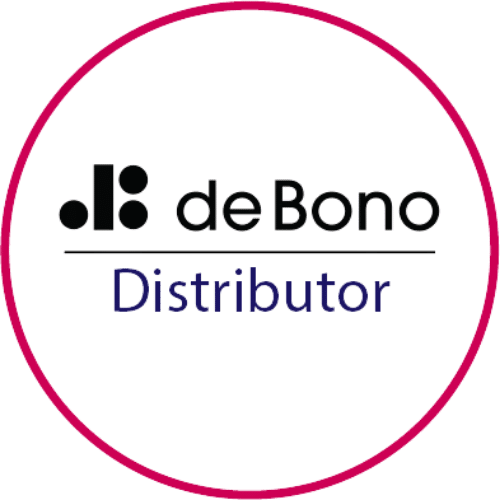What Communication Tool to Use When Knowing whether it’s best to email, text, IM, call or just stop by and chat can be challenging — especially if you work for a global organisation that keeps all of these communication tools at your fingertips. Knowing what tool to use and when to use it will go a long way in making your communications more pleasant, more effective and more efficient. So, here are a few communication tool tips to help you make the most of your daily communications. 1. Use Email for Specifics For communicating lengthy, specific or need-to-be remembered details, email or some other sort of written communication is best. While it may take time to type, having everything spelled out and easy to reference can save time in the future — especially if whatever it spells out will need to be referenced at some point down the road. When using email, however, don’t be a serial spammer who cc’s unnecessarily. Keep those who need to know in the loop and let everyone else off the hook. 2. Use the Phone or IM for Quick Verifications If you just have a quick question to ask, phone or instant messages (IMs) are perfect communication tools. Not only do they not spam your receiver, they’re quick and flexible — leave a voicemail or message and the person can get back to you as soon as they can. 3. Face-to-Face Conversation If you’re brainstorming, troubleshooting or need complex clarification, a face-to-face conversation may be in order. Face time gives you the ability to read non-verbal cues, to make room for ambiguous situations where answers may be vague, and where rapport-building is important. Save the specifics for later, and send an email.

25 Smart Questions to Ask McQuaig Maven
Evaluate the ROI to ensure your psychometric assessments deliver measurable value.




